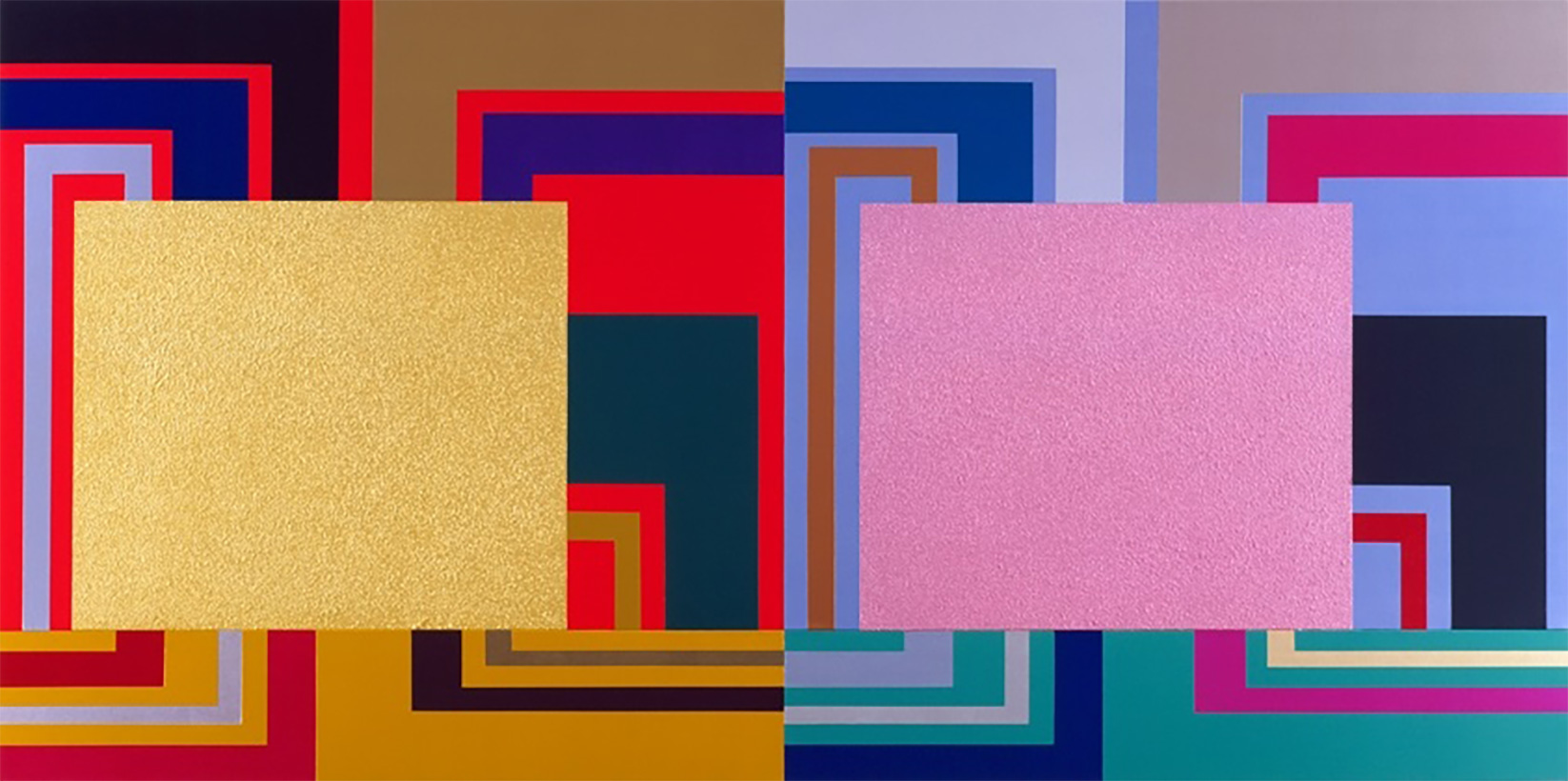
Acclaimed American artist Peter Halley’s distinctive geometric paintings are visual icons of the unprecedented physical isolation and oppression that characterize our urbanized and digitalized age. His minimalist iconography of cellblocks connected by conduit motifs evokes post-industrial electronic systems and urban infrastructure, such as computer circuits or a car. Walled up and boxed in, these prison-like spaces have become symbols of how our modern life and its electronic social networks physically alienate us from each other.
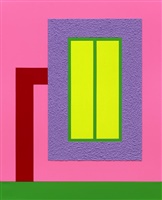
Yet, Halley’s works from the 1990s onwards are anything but dark and sinister. On the contrary, his canvases blazed with psychedelic Day-Glo, Roll-a-Tex, metallic and pearlescent acrylic paints and act as paradoxes in their humorous, excessive and seductive treatment of the subject.
In this short video from the Whitney Museum of American Art, the artist charts the seminal shift in his visual language from the 1980s to the 1990s. Discussing his painting, The Acid Test painted in the early 1990s, Halley sets out how a positive psychological state informed his work.
“There’s no doubt that the earliest imagery in the 80s was very much based on a sense of alienation and kind of the loneliness for city life for the way we can become compartmentalized and cut off from others. But you can’t say that the painting behind us has much of a feeling of alienation. And I think throughout my career, I’ve sort of vacillated from feeling alienated to much more positive, excited, ecstatic feelings that sort of reflect my social experience, my inner psychological experience, whatever. And I like to think that despite the fact that the paintings are so simple that they really do vary psychologically from one to the other.”
– Peter Halley
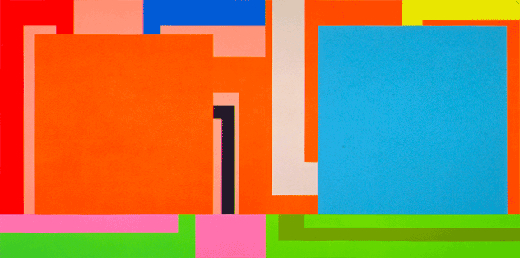
“This painting gets pretty much as ecstatic as I get. The colours are really bright and resonant. It’s dominated by Day-Glo and as a little hint about that, I thought I’d quote from Ken Kesey’s book on the 1960s: the acid test referred to drug use. And that’s not literally about taking LSD but it’s a little bit of a hint about the kind of ecstatic, euphoric feeling that went into the work.”
– Peter Halley
Peter Halley’s extensive career gives one ample opportunity to explore the development of his use of colour, texture and form over time. One can trace further visual shifts in works such as Ancillary Control, painted a decade after The Acid Test, in extending the partitioning of the pictorial geometrical space, and the use of metallic and pearlescent hues. More recently, in his latest works such as Raising Hope I, one can see that the conduits no longer proliferate in a multiplicity around the cells as in The Acid Test and Ancillary Control, but instead act to lift them up from the ground. Even the cells themselves have deviated from their iconic 3-bar rule – the revision intriguing and disturbing at the same time.




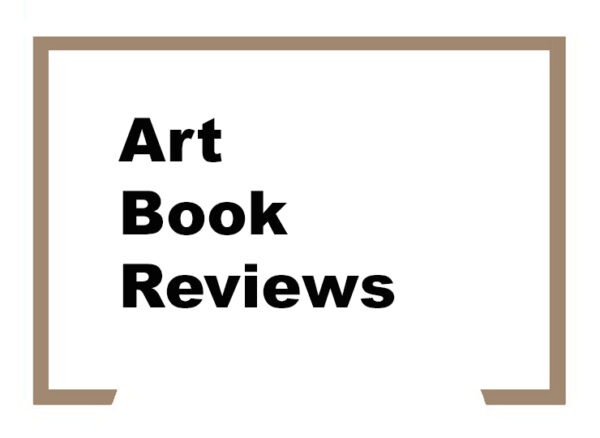
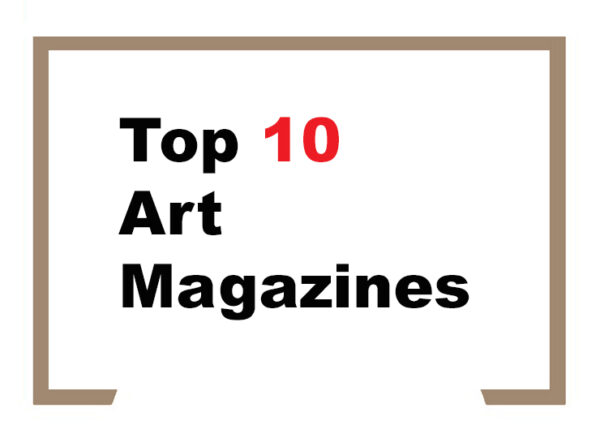
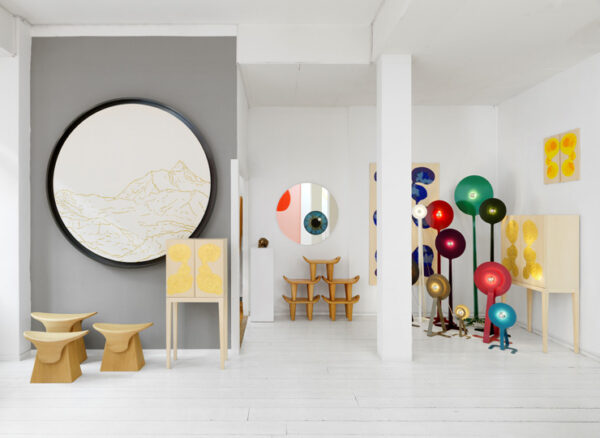
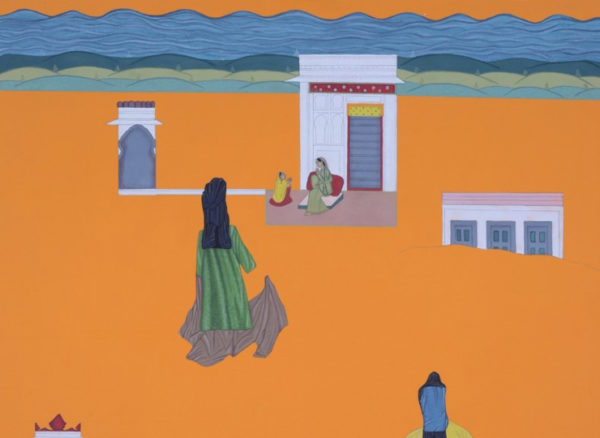
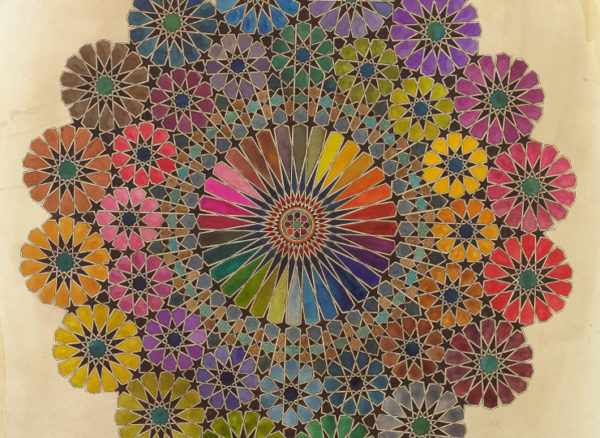

Comments